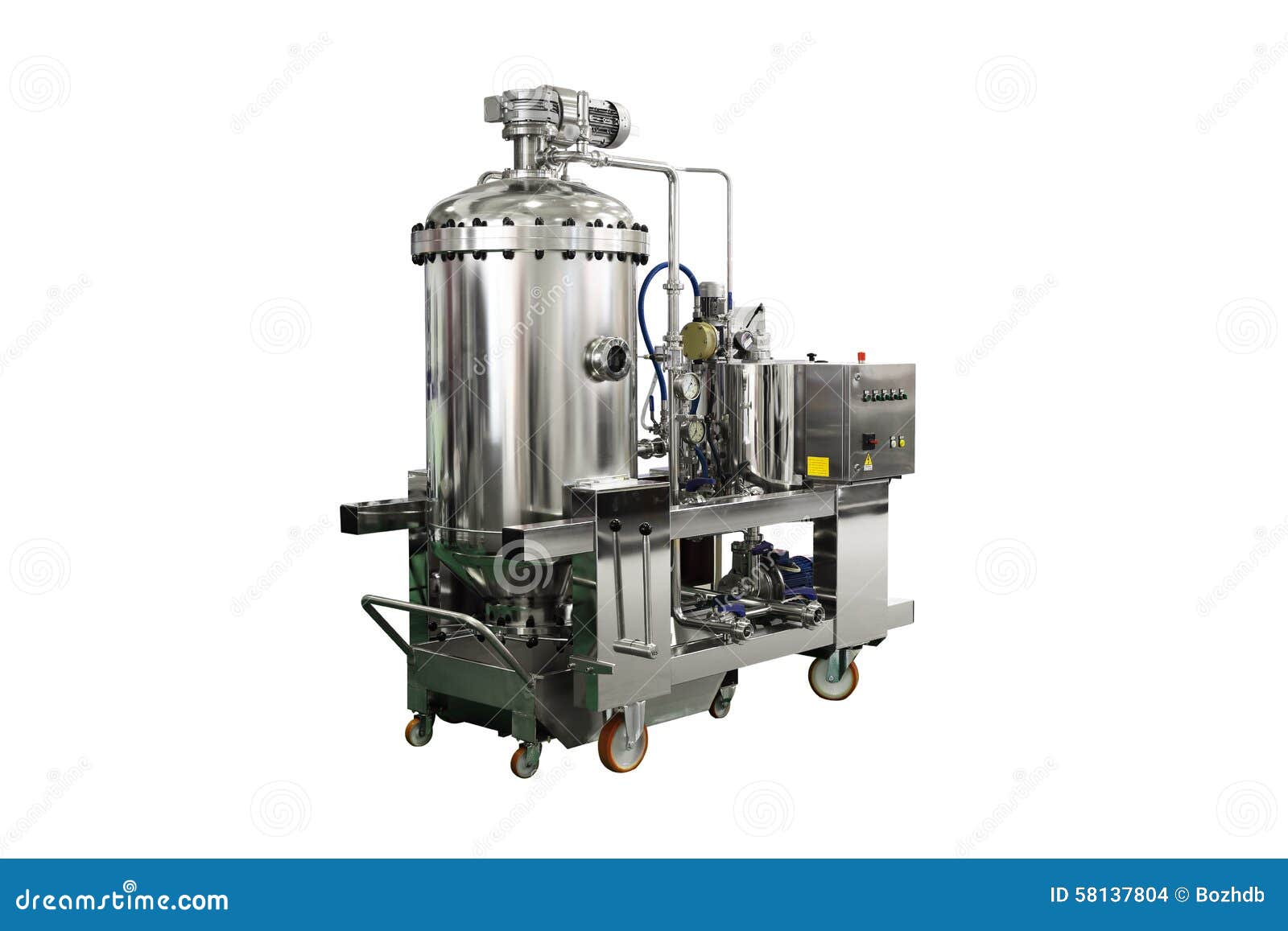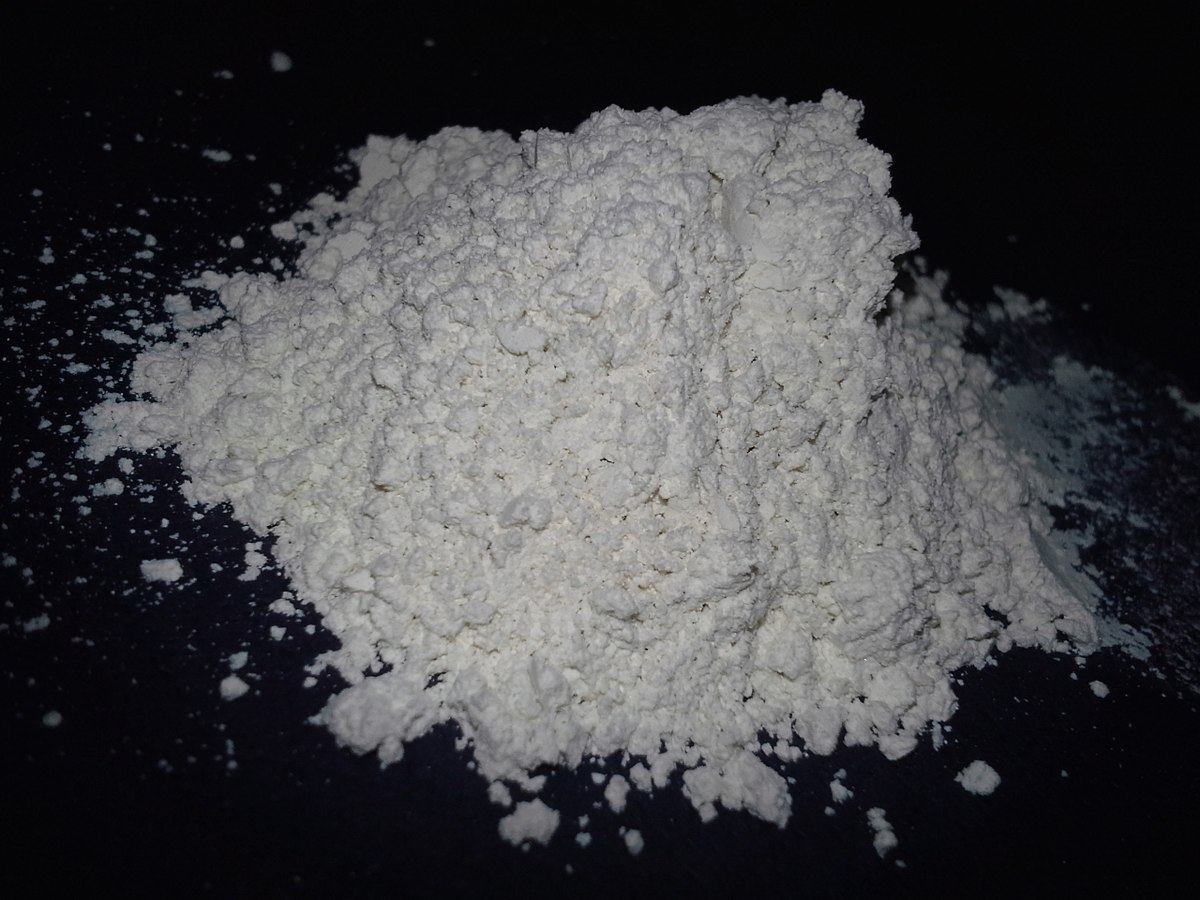Unlocking the Conveniences of Diatomaceous Earth Filtering for Clean and pure Water
The expedition of diatomaceous planet (DE) filtering system provides a compelling option for those seeking efficient and lasting water purification approaches. As the demand for clean water continues to climb internationally, recognizing the diverse applications and benefits of DE filters may disclose vital insights for both household and commercial usage.
What Is Diatomaceous Planet?
Diatomaceous earth, typically referred to as DE, is a naturally taking place stratified rock composed primarily of the fossilized remains of tiny, water organisms called diatoms. These single-celled algae are abundant in silica, which is the key element of DE. The unique framework of diatomaceous planet consists of tiny, porous fragments that give a high area, making it an effective filtering system tool.
DE is usually harvested from ancient lake beds and down payments, which have actually built up over hundreds of years. It looks like a penalty, white to off-white powder, and its chemical make-up mainly consists of silicon dioxide, along with trace quantities of different minerals. This make-up is what provides DE its exceptional properties.
In enhancement to its application in water filtration, diatomaceous earth is used in a selection of markets, consisting of farming, food storage, and bug control. Its ability to soak up dampness and its abrasive top qualities make it an important resource in these fields. Generally, diatomaceous planet stands apart as an eco-friendly choice for numerous applications due to its all-natural beginning and effectiveness in filtering procedures.

Exactly How Diatomaceous Planet Filtering Functions

When water goes through a diatomaceous planet filter, the fine particles are captured in the elaborate network of little pores. The size and form of these pores are critical, as they are created to target specific pollutants while permitting clean water to flow with. As water actions through the filter tool, the mechanical activity of the diatomaceous planet captures larger fragments, while smaller impurities are soaked up or physically blocked.
In addition, the area supplied by diatomaceous earth is substantial, boosting its capacity to hold pollutants. This causes a steady buildup of caught fragments, which can be regularly eliminated via a backwashing procedure. This approach guarantees consistent filtration effectiveness and adds to the general performance of preserving pure and tidy water.
Advantages Over Standard Filtering
When comparing diatomaceous earth filtering to conventional filtration methods, several advantages emerge that boost water filtration effectiveness. Among the key advantages is the premium purification capability of diatomaceous earth (DE), which can eliminate smaller sized bits and impurities that traditional filters may miss. The microscopic framework of DE permits it to catch contaminants, including bacteria and protozoa, causing cleaner water.
In addition, diatomaceous earth filters tend to have a much longer life expectancy than standard media, minimizing the regularity of substitute and maintenance. This longevity not just decreases operational expenses but likewise minimizes waste, adding to more sustainable practices. DE filters additionally run at lower pressure, which can lead to power cost savings in large-scale applications.
An additional substantial benefit is the flexibility of diatomaceous earth. It can be made use of properly in numerous contexts, from local water treatment centers to specialized industrial applications (diatomaceous earth filtering). The all-natural make-up of DE makes it an eco-friendly choice, totally free from unsafe chemicals and toxins commonly connected with artificial filtration systems
Applications in Family and Sector
Countless applications of diatomaceous earth filtering system can be located in both house and commercial settings, highlighting its flexibility Go Here and performance in water filtration. In residential environments, diatomaceous earth (DE) filters are generally employed in swimming pools, efficiently capturing debris and microbes, thereby preserving water clearness and hygiene. Furthermore, several homes use DE in home water purification systems, where it offers to get rid of impurities, sediment, and damaging virus, making sure safe drinking water.
In commercial applications, diatomaceous planet filtering system is important to different industries, consisting of food and drink production, drugs, and wastewater treatment. In the food industry, DE is made use of in the filtration of beer and white wine, assisting in the removal of yeast and various other particulates while protecting the drink's taste profile. Additionally, in wastewater therapy facilities, DE filters play an important duty in improving water quality by capturing contaminants and promoting the recycling of water resources.
The efficiency of diatomaceous planet in both house and industrial applications emphasizes its indispensable duty in promoting tidy water access, adding to public health, and supporting lasting practices.

Selecting the Right DE Filter
Choosing the suitable diatomaceous earth (DE) filter is important for guaranteeing optimal water purification, whether for residential or industrial usage. diatomaceous earth filtering. The selection of a DE filter depends upon a number of crucial elements, including the details application, circulation rate demands, and the wanted degree of filtering
First, evaluate the quantity of water to be filteringed system. For domestic use, smaller sized filters are enough, while commercial applications may necessitate bigger, high-capacity systems. Next, think about the flow price; it is very important to pick a filter informative post that can manage the required throughput without endangering water high quality.
In addition, examine the filtration see page level; DE filters come in different grades, impacting the elimination of particulates and impurities. For example, higher-grade filters are suitable for applications requiring stringent pureness degrees.
Last but not least, think about the upkeep needs and the schedule of substitute DE powder. Filters that are easier to preserve and have conveniently available materials will certainly minimize downtime and functional costs. By very carefully taking into consideration these elements, one can choose a DE filter that meets specific needs, making sure the distribution of secure and clean water.
Verdict
In summary, diatomaceous earth filtering system stands for a substantial improvement in water purification technology, offering boosted performance and efficiency in capturing pollutants. Embracing diatomaceous planet filtering system can lead to improved public wellness results and better access to tidy water.
The expedition of diatomaceous earth (DE) filtering system provides a compelling option for those looking for lasting and efficient water filtration techniques.When contrasting diatomaceous earth filtering system to conventional purification techniques, several advantages emerge that boost water purification performance.Various applications of diatomaceous planet filtering can be found in both household and commercial settings, highlighting its adaptability and performance in water purification. In domestic environments, diatomaceous planet (DE) filters are commonly utilized in swimming pools, properly catching particles and microorganisms, therefore maintaining water clearness and health. In wastewater treatment facilities, DE filters play a critical duty in enhancing water high quality by capturing impurities and helping with the recycling of water sources.